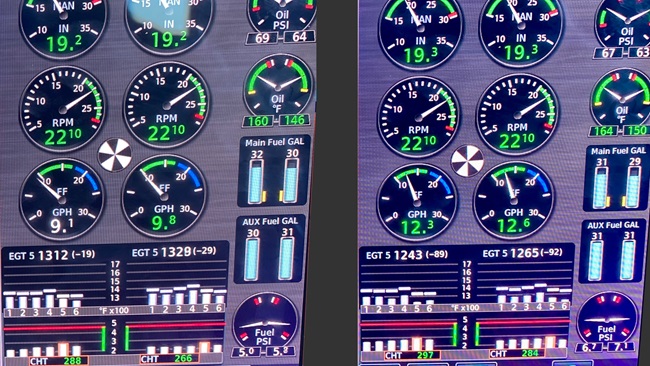Tamarack winglet systems could become inop without alert
The FAA proposed an airworthiness directive published March 22 that would require installation of placards on automated flight control surfaces and flight manual updates to include a new preflight checklist item for an estimated 148 Cessna Citation jets (various models) retrofitted with active winglets designed by Tamarack Aerospace Group.
The AD, which applies to (models 525, 525A, 525B) retrofitted with Tamarack's Active Technology Load Alleviation System (in accordance with supplemental type certificate SA03842NY), was prompted by a report from the company to the FAA that ATLAS could become inoperative without alerting the flight crew. ATLAS includes a computer-controlled flight control surface on each wing that is similar (and mounted adjacent) to an aileron. The control surfaces deflect independently and automatically to reduce airframe loads, compensating for the higher loads created by the fuel-saving winglet that is the point of the retrofit. (The automated system eliminates the need to add structural support to the wing, the weight and cost of which had long made winglets impractical to retrofit.)
The FAA set a May 6 deadline to submit comments.
The proposed AD requires installation of placards on the left-hand inboard edge of the Tamarack control surface as stipulated in a service bulletin issued April 19, 2023, and updates to the airplane flight manual to include amended procedures "within 60 hours time-in-service or 6 months after the effective date of this AD, whichever occurs first." The FAA estimates an hour of shop time to complete the aircraft documentation updates, which include a pre-taxi check of the ATLAS system to verify it is operational.
"The pilot may perform this action because it only involves revising the flight manual. This action could be performed equally well by a pilot or mechanic," the FAA notes in the AD. "This is an exception to the FAA's standard maintenance regulations."
The FAA estimates the cost of compliance at $62.50 for installation of the placard, and $85 for the flight manual revisions.
The AD was issued weeks after the NTSB reversed a previous finding of probable cause that had implicated ATLAS in a fatal 2018 accident. At Tamarack's request, the board stepped back from its previous conclusion that an ATLAS malfunction in flight initiated a roll from which the pilot was unable to recover. The company petitioned the NTSB to reconsider, and the board granted Tamarack's request "in part because the available evidence for this accident does not sufficiently show that the ATLAS was the cause of the in-flight upset from which the pilot was unable to recover. In addition, the factual and analysis sections of the report and the findings have been revised to reflect the information presented in the petition response sections addressing witness marks, [control unit] bent pins, and the UK uncommanded roll event."
The FAA grounded all ATLAS-equipped aircraft (91 at the time) in May 2019 while that accident investigation was ongoing, citing six reports of uncommanded roll events in other ATLAS-equipped aircraft. Tamarack, based in Sandpoint, Idaho, filed for bankruptcy protection soon after, though it continued to manufacture winglets and automated load-alleviation systems, and emerged from bankruptcy in 2021.
The pilot of the 2019 accident flight was flying in instrument meteorological conditions when the roll began for reasons that the NTSB ultimately concluded "could not be determined based on the available evidence. Although the resultant roll rate was above the nominal threshold for detection by the human vestibular system, the roll rate likely went unrecognized by the pilot, due primarily to the pilot’s attention being directed toward a checklist and communications with a controller, a lack of visible horizon because the airplane was in the clouds, and the autopilot engagement. After the autopilot disconnected, the pilot was audibly surprised and did not reduce engine power or deploy the speed brakes. The pilot was not able to regain control before collision with terrain."
Tamarack has since expanded ATLAS retrofits to Beechcraft King Airs, claiming city-pair speed records in 2022. The company is also working to expand ATLAS retrofits to include transport aircraft.




